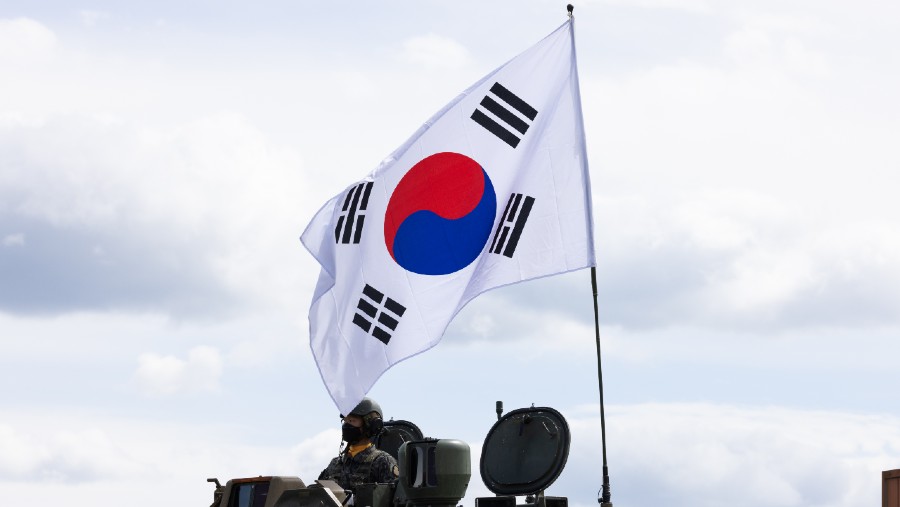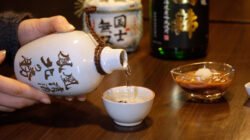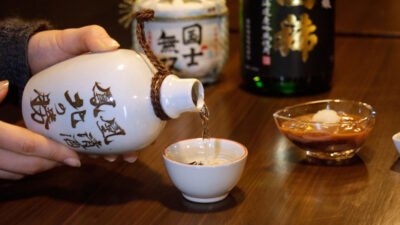As former U.S. President Donald Trump hints at reinstating steep tariffs on imports if re-elected, many countries are bracing for impact. However, South Korea is taking a different stance. Instead of reacting with panic or caution, the East Asian powerhouse is choosing confidence—and preparation.
Rather than viewing tariffs as a threat, South Korea sees them as a possible gateway to new global trade opportunities. This bold approach could allow the country to capitalize on shifting supply chains and reposition itself as a key player in international markets.
🧭 Trump’s Tariff Plan: A Quick Recap
Donald Trump has proposed a broad plan to impose a 10% tariff on all imports and possibly even higher tariffs on goods from China. The move, aimed at promoting American-made products, has sparked global debate. Some fear a new trade war, while others see a chance to realign global supply chains.
For South Korea, which relies heavily on exports, this could seem like a serious challenge. Yet, officials and analysts in Seoul appear largely unbothered. Instead of retreating, they are proactively preparing to adjust and even benefit from the possible global trade disruptions.
🚀 South Korea’s Strategic Advantage
South Korea has long positioned itself as a high-tech manufacturing hub. With its strong infrastructure, skilled labor force, and advanced industries—especially in semiconductors, electric vehicles, and consumer electronics—the country is ready to step into supply chain gaps that might emerge from the U.S.-China trade tensions.
Here’s how South Korea plans to stay ahead:
- Strengthening Ties With ASEAN and the EU
As trade with the U.S. faces potential roadblocks, South Korea is expanding its trade relationships with Southeast Asia and Europe. These regions offer growing demand and fewer protectionist policies. - Boosting Local Innovation
The government is investing heavily in R&D and advanced technology, aiming to make Korean products indispensable in global markets—regardless of tariffs. - Diversifying Export Markets
South Korean exporters are reducing dependency on the U.S. and China by entering emerging markets in Africa, Latin America, and South Asia.
By doing so, South Korea is not only insulating itself from tariff shocks but also setting the stage for long-term growth.
💡 Turning a Global Threat Into a Local Opportunity
Interestingly, the potential tariffs could make Korean products more appealing to U.S. companies seeking alternatives to Chinese suppliers. With higher duties on Chinese goods, Korean-made alternatives—especially in tech components—could become more competitive.
Furthermore, multinational corporations looking to bypass the trade war might choose to move their production facilities to Korea, where they can enjoy political stability, solid logistics, and a pro-business environment.
📝 Conclusion: Calm, Calculated, and Ready
While the rest of the world watches the potential return of Trump-era tariffs with concern, South Korea is playing the long game. Instead of fearing the unknown, it is preparing to benefit from it. With strategic planning, diversified partnerships, and tech-driven growth, the country is positioning itself for what could be a golden economic era.








